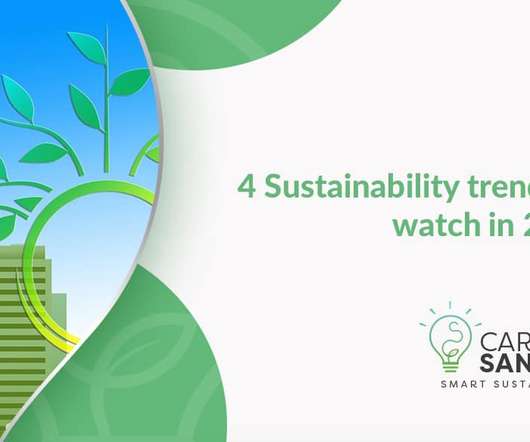A Business Guide to Sustainable Finance
3BL Media
FEBRUARY 20, 2024
Another way companies reduce operational costs is through investing in a sustainable supply chain. This can lead to more stable and resilient supplier relationships, reducing the risks and costs associated with supply chain disruptions. These improvements can significantly reduce operational costs over time.











Let's personalize your content